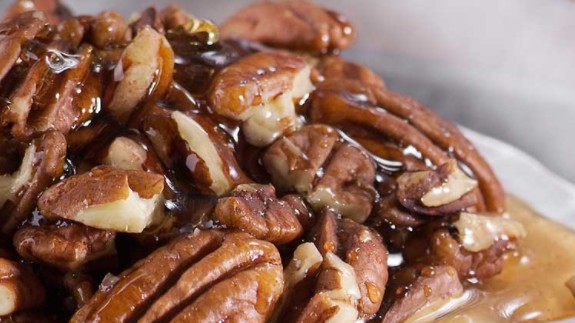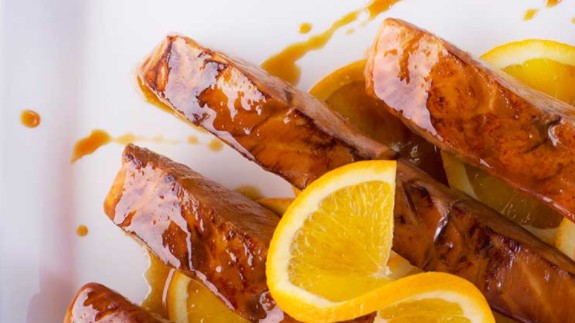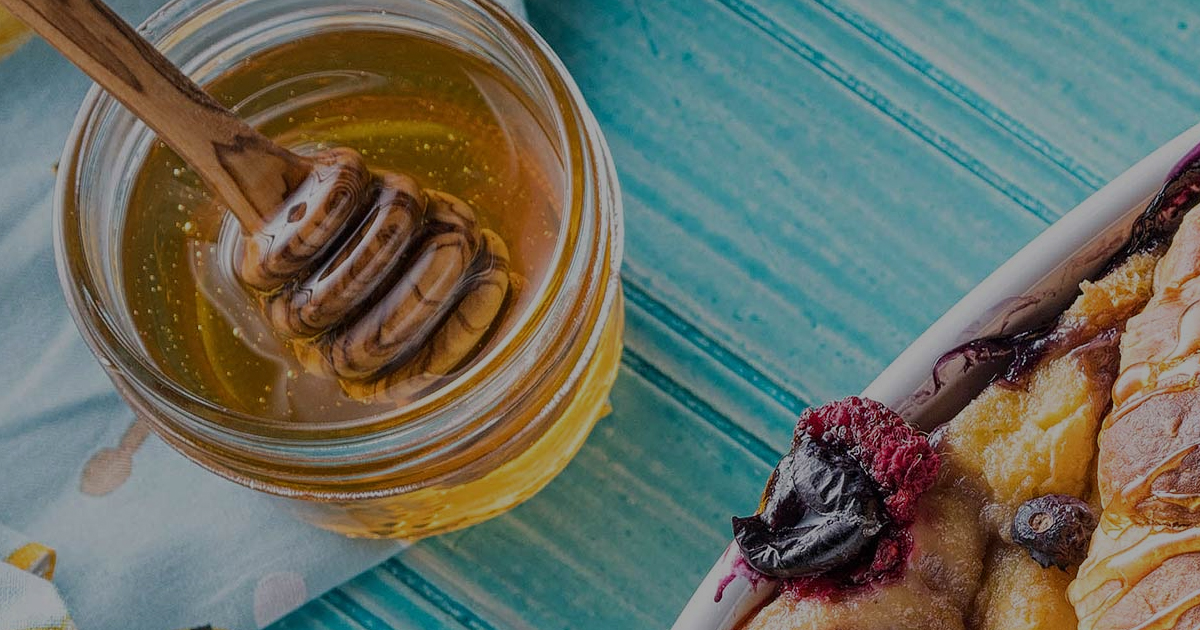What Is Honey Crystallization?
Honey is typically in a liquid form when you purchase it, but all honey eventually returns to its natural, crystallized state. During crystallization, some of the molecules in honey escape from the liquid substance and form crystals that multiply rapidly, causing the honey to change into a solid form.
Temperature, air exposure, age, and florals all impact the crystallization rate. At Billy Bee, we use the florals Clover, Alfalfa, Canola, and Wildflower.
While many factors affect honey’s texture, most crystallization issues are linked to cold temperatures. If you’re storing honey in a cool cabinet or cupboard, try moving it to a warmer spot in the kitchen to slow down crystallization.
You’ll know that honey has crystallized when it starts to look grainy or feels harder to squeeze out of the bottle. If this happens to you, there’s no need to worry! Crystallization is a natural occurrence that only affects honey’s color and texture, and it’s easy to bring the honey back to a soft liquid.

Why Does Honey Crystallize?
Honey is used as a sweetener, so it’s unsurprising that it’s primarily composed of sugar. Approximately 70% is either glucose and fructose, 10% is made up of double or complex sugars, and about 20% is water, meaning that honey has more sugar than can remain naturally dissolved in water.
During Canadian honey farming, our natural honey is harvested fresh from the hive and is packed by Billy Bee without losing its flavour, aroma, or natural goodness. However, the delicate balance of sugar and water can’t remain forever, and the chains of glucose in the honey begin to break down. The glucose molecules fall out of the sugar-water solution and attach themselves to solid matter in the honey, then attach to each other.
Essentially, this all means that the crunchy substance that develops during the crystallization process is nothing more than sugar crystals! That’s why it’s so easy to turn honey back into its liquid state by heating it up. The heat simply melts the crystals and they are restored into the honey solution.
What Can I Do with Crystallized Honey?
Many people believe that once their honey has crystallized, it is spoiled and is no longer safe to eat. This is false, as natural honey is one of the only foods that never expires (if sealed properly). Crystallized honey is completely edible- in fact, you can use it in the same ways you use liquid honey! Since the crystals melt easily, you can stir the honey right into your hot coffee or tea, or spoon onto breakfast foods like yogurt and oatmeal.

How to Decrystallize Honey
While Billy Bee honey products have a 24-month Best by Date, most bottles of honey will start to change texture after about 6 months of opening due to air exposure. The good news is that you always have the option to bring honey back to its original liquid state!
Simply place the bottle of honey in a hot water bath between 130F to 140F for a few minutes. The temperature of the water plays a crucial factor, as warm tap water won’t melt the crystals, while boiling water will overheat the honey and may change the overall quality. Once the honey has melted evenly, give it a good stir, and you’ve got liquid honey again!
Crystallized and liquid honey make great sugar substitutes in cooking and baking recipes, but can also be used in meat dishes, salads, pasta, soups, drinks, and so much more. Explore our wide variety of honey recipes here!
Billy Bee uses 100% Canadian honey (in all products except for our Organic offerings) and we are supporters of the Honey Bee Research Centre at the University of Guelph. The research center conducts beekeeping research focused on honey bee health to ensure the bee populations can continue to play a vital role in our ecosystem.










